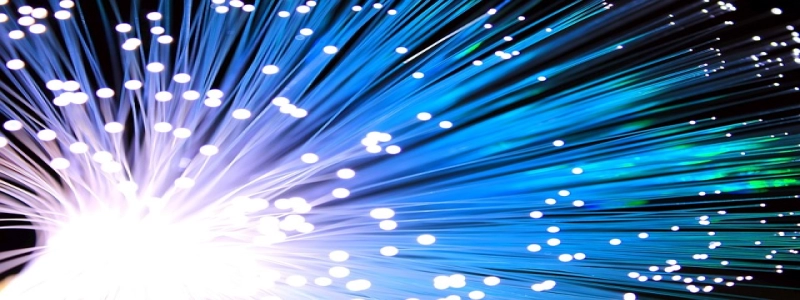Smart TV: Ethernet or Wi-Fi
การแนะนำ:
In today’s fast-paced digital era, Smart TVs have become an essential part of our lives. With Smart TVs, we can access a wide range of online content, streaming services, and applications. อย่างไรก็ตาม, when it comes to connecting these Smart TVs to the internet, users often find themselves faced with a crucial decision – should they use Ethernet or Wi-Fi? In this article, we will explore the advantages and disadvantages of both options to help you make an informed choice.
ฉัน. Ethernet Connectivity:
1. Definition:
Ethernet is a wired connection that uses an Ethernet cable to connect the Smart TV directly to the router or modem.
2. Advantages:
ก) Stability: Ethernet provides a more stable and reliable connection than Wi-Fi. It reduces the chances of interruption or buffering while streaming content.
ข) Speed: Ethernet connections generally offer faster speed compared to Wi-Fi, especially when multiple devices are connected to the same network.
ค) Security: Wired connections are less susceptible to hacking or unauthorized access, providing a more secure connection.
3. Disadvantages:
ก) Wire Clutter: Ethernet connectivity requires running cables from the router to the Smart TV, resulting in wire clutter. This can be aesthetically unpleasing and may limit the placement options for the TV.
ข) Limited Mobility: As Ethernet provides a wired connection, the Smart TV needs to be located near the router. This limits the flexibility and mobility of the TV within the house.
ครั้งที่สอง. Wi-Fi Connectivity:
1. Definition:
Wi-Fi is a wireless connection that enables Smart TVs to connect to the internet without the need for any cables.
2. Advantages:
ก) Convenience: Wi-Fi allows for easy and hassle-free setup. Users can connect their Smart TVs to the internet without dealing with any physical cables.
ข) Mobility: With Wi-Fi connectivity, Smart TVs can be placed anywhere within the range of the router, providing flexibility in room arrangements.
ค) No Wire Clutter: Since there are no physical cables involved, Wi-Fi connectivity eliminates wire clutter, resulting in a clean and organized setup.
3. Disadvantages:
ก) Stability: Wi-Fi connections can be unstable, especially in areas with weak signal strength or when multiple devices are connected. This can lead to buffering issues or interrupted streaming services.
ข) Speed: In comparison to Ethernet, Wi-Fi connections may have slower speeds. Factors such as distance from the router, interference, and obstacles can impact the speed of the connection.
ค) Security Risks: Wi-Fi connections are more vulnerable to hacking or unauthorized access. Users need to ensure that their network is properly secured with a strong password and other security measures.
บทสรุป:
Choosing between Ethernet and Wi-Fi connectivity for your Smart TV depends on your specific needs and preferences. If a stable and fast connection is crucial to your viewing experience, Ethernet is the ideal choice. อย่างไรก็ตาม, if convenience, flexibility, and mobility are important to you, Wi-Fi connectivity provides an excellent solution. Consider factors such as the placement of your Smart TV, the distance from the router, and your internet usage habits to make an informed decision.








